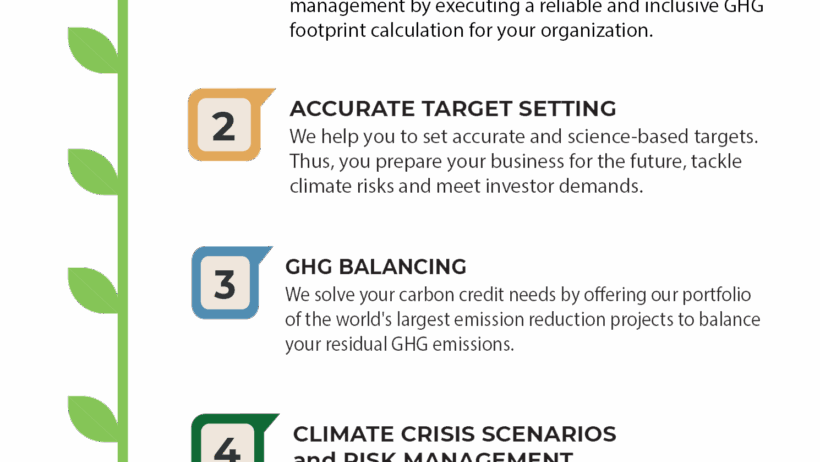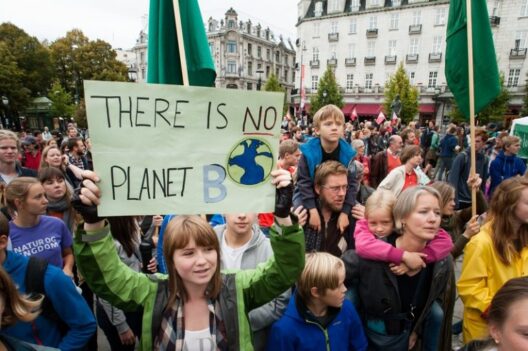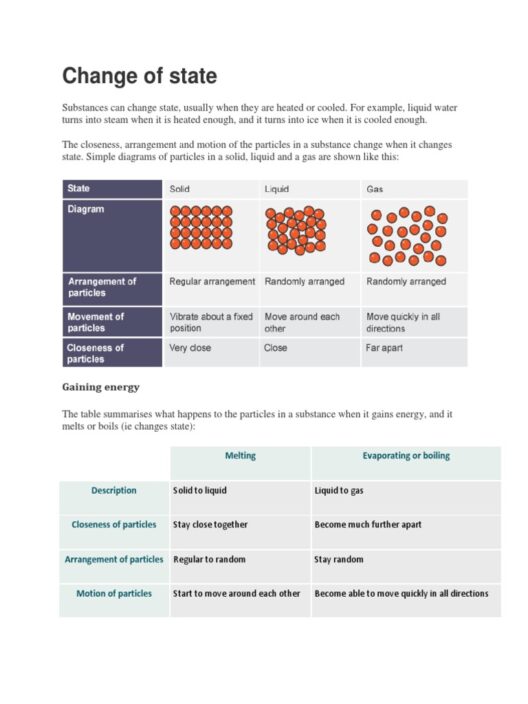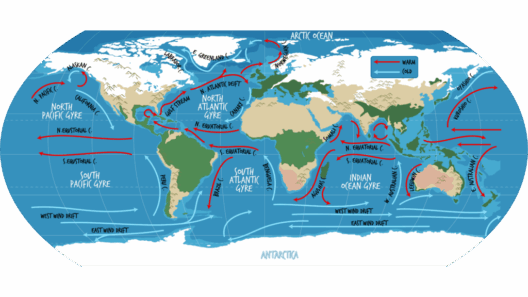Climate risk refers to the potential for adverse impacts arising from climate-related events, encompassing both physical and transitional risks. As global temperatures continue to rise due to anthropogenic emissions, the urgency to understand and mitigate these risks becomes paramount. The complexity of climate risk extends beyond mere environmental concerns; it encompasses economic, societal, and geopolitical ramifications.
To navigate the challenges posed by climate change, it is essential to categorize the various types of climate risks individuals, businesses, and governments face. The main classifications are physical risks, transition risks, and liability risks. Each category presents unique challenges that necessitate comprehensive strategies for preparation and adaptation.
Physical Risks
Physical risks can be further divided into acute and chronic risks. Acute physical risks manifest as sudden climate-related events with the potential to cause immediate and severe damage, such as hurricanes, floods, and wildfires. For instance, a hurricane can obliterate infrastructure, displace communities, and lead to substantial economic losses. The frequency and intensity of such events are expected to increase, thereby amplifying the associated risks.
Chronic physical risks, on the other hand, develop over extended periods, including long-term shifts such as rising sea levels, increased temperatures, and altered precipitation patterns. These gradual changes can affect agriculture, water supply, and biodiversity, ultimately threatening food security and human health. Understanding and preparing for these slow-motion disasters are just as critical as preparing for acute events.
Transition Risks
Transition risks are associated with the societal shift towards a low-carbon economy. As governments implement policies aimed at reducing greenhouse gas emissions, businesses may face increased regulations, market changes, and shifts in consumer preferences. For example, fossil fuel companies may experience a decline in profitability due to global movements favoring renewable energy sources. These economic transformations can lead to stranded assets and job losses in certain sectors, creating socioeconomic challenges.
Investors and companies must adapt their strategies accordingly. This includes evaluating the sustainability of their operations, enhancing energy efficiency, and diversifying portfolios to mitigate exposure to transition risks. Developing a comprehensive understanding of decarbonization pathways and leveraging innovative technologies are keys to thriving in a rapidly evolving market landscape.
Liability Risks
Liability risks stem from legal actions related to climate change impacts. As awareness of climate issues grows, stakeholders—ranging from individuals to governmental bodies—are increasingly seeking accountability. Corporations that fail to disclose their environmental impact may face lawsuits, leading to significant financial repercussions. Moreover, as climate-related disasters intensify, legal claims for damages are probable to rise, further burdening organizations unprepared for such litigation.
This risk underlines the importance of transparency in reporting climate risks. Organizations must not only comply with regulations but also proactively engage with stakeholders through clear disclosures and accountable practices. By fostering a climate-resilient culture, organizations can mitigate potential liability and enhance their reputation.
Assessing Climate Risk
To effectively prepare for a changing world, comprehensive climate risk assessments are essential. These assessments involve the identification, analysis, and prioritization of risks. Stakeholders utilize various tools, methodologies, and frameworks to understand their exposure to climate risks.
One prominent approach is scenario analysis, where organizations envision various climate futures based on different emission pathways and corresponding responses. This exercise enables decision-makers to conceptualize potential impacts and develop response strategies accordingly. Additionally, risk quantification tools can provide empirical data on financial exposure to climate risks, fostering data-driven decision-making.
Strategies for Mitigation and Adaptation
Successful preparation against climate risks requires an integrated approach involving mitigation and adaptation strategies. Mitigation focuses on reducing greenhouse gas emissions to limit global warming, while adaptation involves adjusting practices, processes, and structures to better cope with climate impacts.
On the mitigation front, transitioning to renewable energy sources, enhancing energy efficiency, and promoting sustainable practices are imperative. Investing in research and innovation plays a critical role in developing new technologies, such as carbon capture and storage, that can significantly curtail emissions. Furthermore, promoting behavioral changes within societies to foster eco-friendly lifestyles can compound mitigation efforts.
Adaptation strategies are equally crucial—communities must enhance infrastructure resilience to withstand climate impacts. This includes investing in flood defenses, managing water resources sustainably, and developing heat response plans for urban areas. Agricultural sectors can implement adaptive measures such as crop rotation and drought-resistant crops to bolster food security in the face of changing weather patterns.
The Role of Policy and Governance
Policy frameworks and governance structures are instrumental in shaping climate risk preparedness. Governments at all levels must establish policies that incentivize mitigation and adaptation efforts. This includes regulations that promote carbon pricing, sustainable land use, and investment in clean technologies. Engaging communities in decision-making processes fosters local ownership of climate initiatives, which is vital for successful implementation.
International cooperation is also essential in addressing climate risks, as climate change knows no boundaries. Global agreements like the Paris Agreement set ambitious targets for emissions reductions, highlighting the collective responsibility of nations to combat climate change. Countries must uphold their commitments and support one another in technological and financial aspects to achieve sustainable development.
Conclusion
In conclusion, climate risk encompasses a multifaceted array of challenges that require diligent preparation and proactive engagement from all sectors of society. Understanding the nuances of physical, transition, and liability risks is essential in crafting effective responses. Employing robust assessments and implementing effective mitigation and adaptation strategies will empower stakeholders to navigate the uncertainties of a changing world. Fostering a collaborative approach rooted in transparency and innovation can transform climate risks into opportunities for sustainable growth and resilience.








